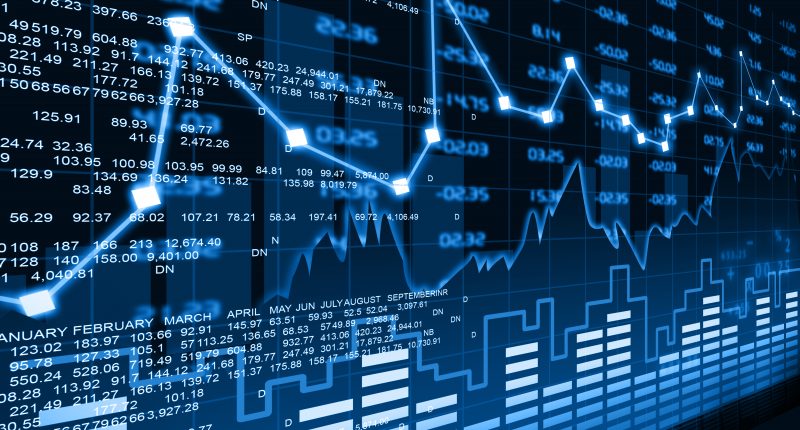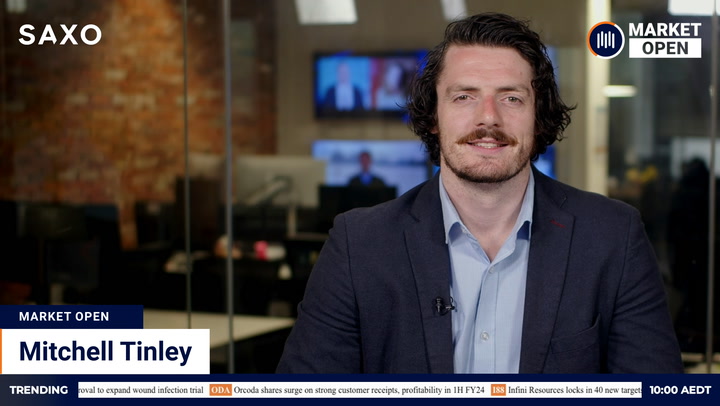Sharp falls on Wall Street and a fresh round of social restrictions have muddied the outlook for Australian trade today.
Australian index futures inched up six points or 0.1 per cent on Saturday morning as a late sell-off in the US ended a three-day rebound. Australian shares had earlier pre-empted the downturn with a fall of 271 points or 5.3 per cent, trimming the tally from the ASX 200’s first winning week since the start of the coronavirus crisis to a skinny 0.5 per cent.
Australian businesses face new challenges this week after the government tightened restrictions last night to slow the spread of the virus. Prime Minister Scott Morrison banned outdoor gatherings of more than two people and urged older Australians to self-isolate. The latest advice is for all Australians only to leave home only for essential supplies, medical care, exercise or for work or education if these cannot be done remotely. Public playgrounds, skate parks and outdoor gyms will close today.
The virus headlines from elsewhere in the world were mixed. While the death rate in Italy dropped for a second day, the tolls in Spain and New York were the highest to date. The US’s top infectious disease specialist warned up to 200,000 Americans could die, with millions infected. A British health official said the lockdown in the UK could last six months.
Wall Street slumped on Friday as traders locked in profits after the Dow’s biggest three-day surge since 1931. The blue-chip average tanked 915 points or 4.06 per cent, much of it in the final hour of trade. The S&P 500 shed 89 points or 3.37 per cent and the Nasdaq 295 points or 3.79 per cent.
US stocks had climbed for days in anticipation of a massive economic rescue package. They sagged when Congress finally approved the U$2.2 trillion bill, which will put cash in workers’ pockets and help businesses struggling with the impact of the Covid-19 pandemic. President Donald Trump signed the bill into law after the market closed.
Despite Friday’s losses, the major US indices recorded spectacular weekly gains. The S&P 500 rose 10.3 per cent for its best weekly return since 2009. The Dow was even stronger, climbing 12.8 per cent, its strongest tally since 1938. The Nasdaq gained 9.1 per cent.
Boeing was the biggest drag on the Dow, tumbling 10.3 per cent after Treasury Secretary Steven Mnuchin revealed the struggling plane-maker had not sought government assistance. Airlines slumped after Mnuchin said the stimulus package was “not an airline bailout” and “taxpayers need to be compensated for relief they’re giving to airlines”.
Investors were reluctant to hold over the weekend, “If there is a major acceleration over the weekend of coronavirus cases in New York and other states and the hospital system continues to get jammed up, then I think it will be a rough week for the market,” Lindsey Bell, chief investment strategist at Ally Invest, told Reuters.
Consumer sentiment slumped to its lowest level in almost three and a half years as millions of Americans lost their jobs. The University of Michigan sentiment index fell to 89.1 from 101 last month. A report earlier in the week showed 3.3 million filed for unemployment benefits for the first time as the virus began to bite.
Risk sectors took the heaviest hit on Friday Energy stocks fell 6.9 per cent, technology 4.6 per cent and industrials 4.3 per cent. The defensive utilities sector edged up 0.5 per cent.
BHP’s US-listed stock tanked 5.97 per cent and its UK-listed stock 6.88 per cent. Rio Tinto gave up 4.03 per cent in the US and 5.92 per cent in the UK. The spot price for iron ore landed in China eased five cents or less than 0.1 per cent to US$85.90 a dry ton.
Oil fell to its fifth straight losing week. Brent crude settled $1.41 or 5.4 per cent lower on Friday at US$24.93 a barrel. The international benchmark shed 7.6 per cent over the week. The month-long dive followed the collapse of an OPEC deal to cap production at the same time as demand cratered with the spread of the coronavirus.
A modest decline could not deny gold its biggest weekly rise in more than 11 years. Gold for April delivery settled $26.20 or 1.6 per cent lower at US$1,625 an ounce, trimming the precious metal’s gain for the week to 9.5 per cent.
Copper steadied near its lowest level in four years amid speculation about price support from supply disruptions. Benchmark copper on the London Metal Exchange eased 0.1 per cent to US$4,782.50 a tonne. Aluminium put on 0.8 per cent, nickel 1.4 per cent, lead 1.1 per cent and zinc 1.1 per cent. Tin was unchanged.
The dollar slid 0.4 per cent this morning to 61.4 US cents.







